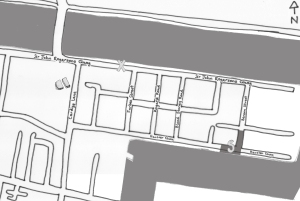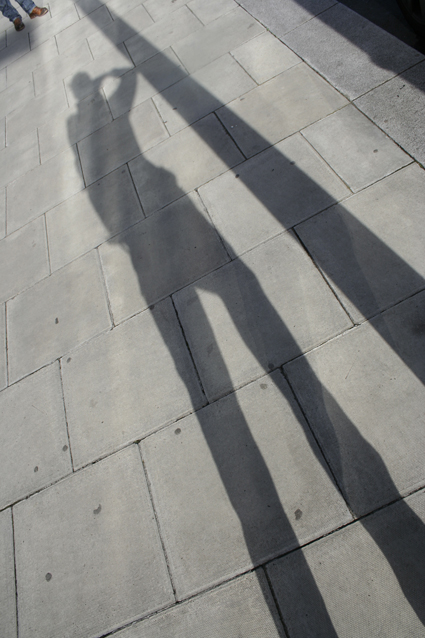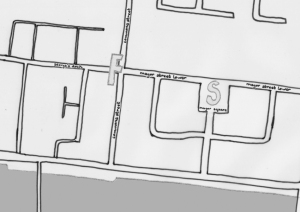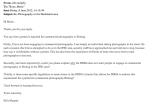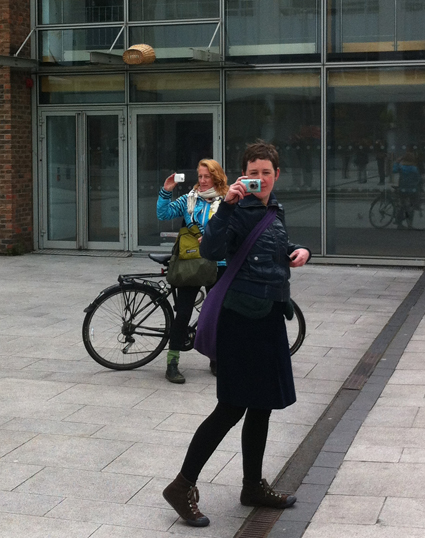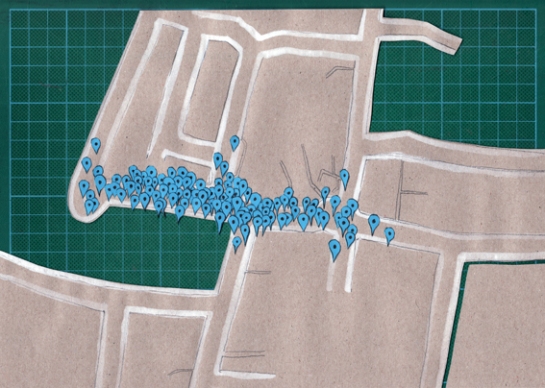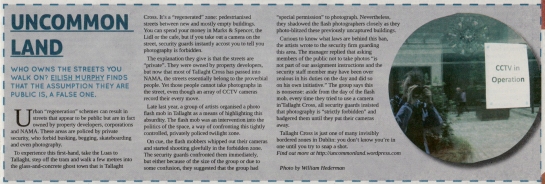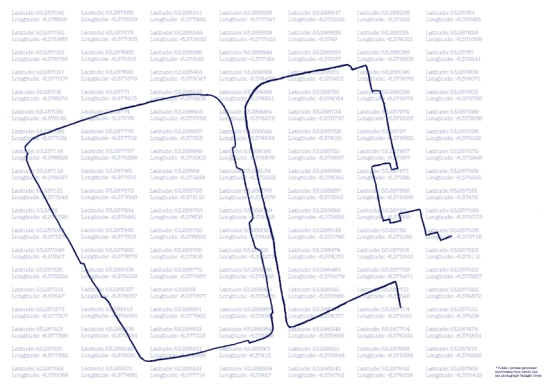Uncommon Land contacted the Dublin Docklands Development Authority about their de facto ban on photography in the IFSC Dublin. After a series of emails, the company’s logic was revealed: individuals, in theory, are permitted to take photos in this area, as long as ‘you are not taking photos of private buildings’.
Considering that this is a built-up area in the city, it is nearly impossible not to take a photograph in this area without capturing a ‘private building’ in it. This restriction means that security guards routinely stop members of the public from taking photographs in this area.
Sent: Tuesday, 29 May 2012, 17:19:33
Dear Sir/Madam,
On several occasions recently, while taking photographs in the street in the IFSC/ Docklands area of Dublin, I have been approached by security staff who have instructed me to stop taking photographs. They have informed me that I need a permit to take photographs, on the basis that these streets are private property.
I would like to know what the justification for this rule is, bearing in mind that this area is completely accessible to the public – indeed many people live there – and is owned by a state agency, the DDDA.
I look forward to hearing from you.
Yours sincerely,
Eilis Murphy
—————————————————–
Sent: Wednesday, 6 June 2012, 13:25:53
Hi Eilis,
Thank you for your email.
You are required to have a permit for commercial photography/photocall or filming, of course if you are taking pictures for yourself as a ‘tourist’ a permit is not required.
Kind regards,
Mette Boye Hansen
Marketing Executive
Dublin Docklands Development Authority
—————————————————–
Sent: Friday, 8 June 2012, 14:15:44
Hi Mette,
Thank you for your reply.
You say that a permit is required for commercial photography or filming.
Firstly, I have not been engaging in commercial photography. I am simply an individual taking photographs in the street. On each occasion that I have attempted to do so in the IFSC area, security staff have approached me and told me to stop, because they say it is forbidden without a permit. This has also been the experience of friends of mine who have tried to take photographs in that area.
Secondly, and more importantly, could you please explain why the DDDA does not want people to engage in commercial photography or filming in the IFSC area?
Thirdly, is there some specific legislation or some clause in the DDDA’s charter that allows the DDDA to enforce this requirement for a permit for commercial photography/filming?
I look forward to hearing from you.
Yours sincerely,
Eilis Murphy
—————————————————–
Sent: Wednesday, 13 June 2012, 13:48:50
Hi Eilis,
We follow the same policies as Dublin City in regards to commercial filming and photography. If you are not taking photos of private buildings you have every right to take leisurely pictures around the Docklands.
Kind regards,
Mette Boye Hansen
